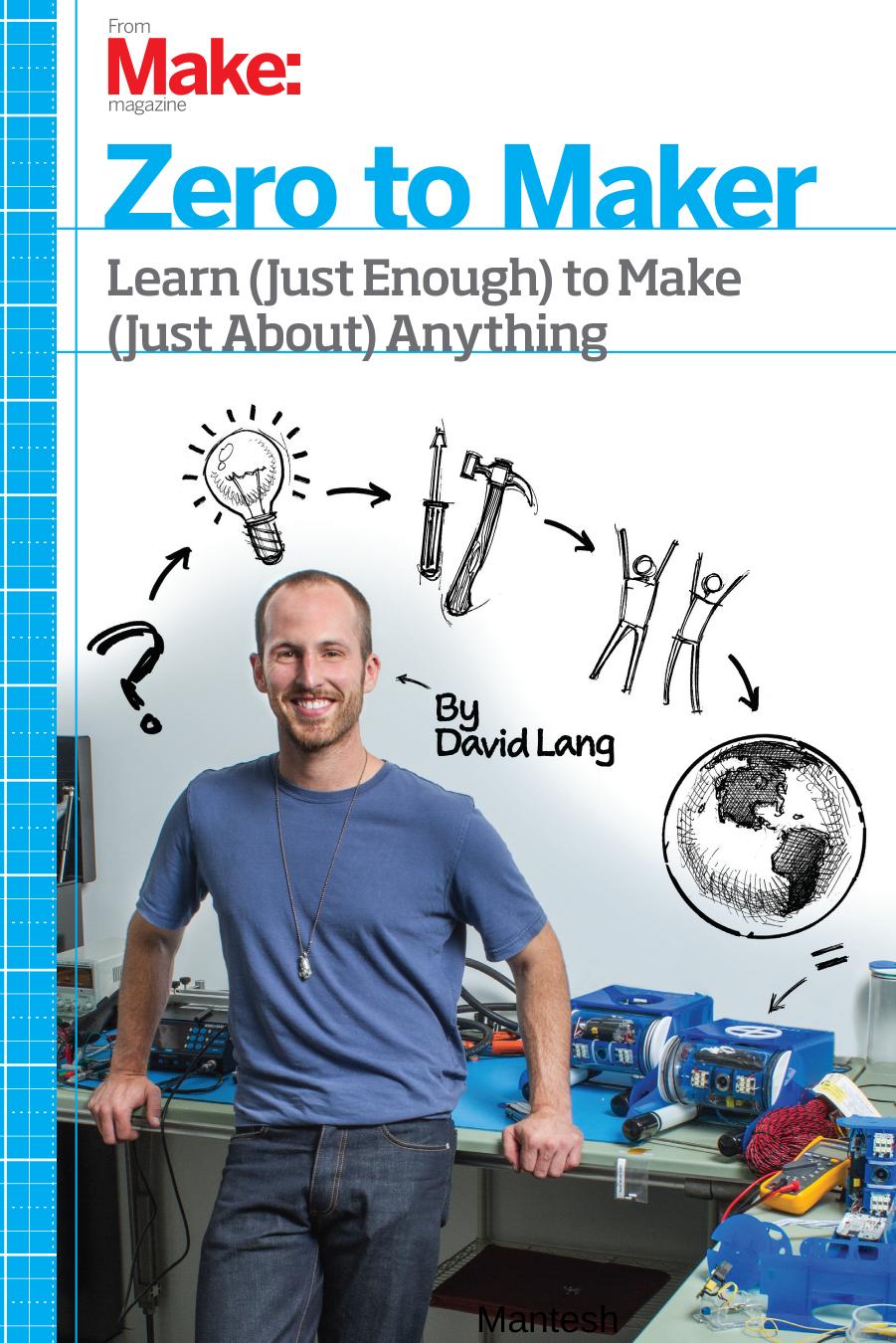Zero to Maker by David Lang

Author:David Lang
Language: eng
Format: epub, pdf
Publisher: Maker Media, Inc
Published: 2019-06-04T04:00:00+00:00
Figure 5-2. The Unnovation Curve
Is it perfect? No way! But the important part of the updated graph is to introduce and emphasize a new category of technology user: the collector. In the Unnovation Curve, a collector can come from any one of the previous groups; late adopters, laggards, early majority, late majority, and (although unlikely) even early adopters. What’s important about the collectors is not when they adopted a tool, but when they refused to reject it. They are the ones left standing in the musical chairs of technological evolution.
My definition of a collector is someone who refuses to reject a technology after it has passed its peak; or in other words, it is no longer recognized as a mainstream technology. For instance, the horse as a means for transportation is no longer considered a mainstream technology for getting around. However, horseback riding hasn’t gone away, it’s just evolved into equestrianism. It’s not something everyone does anymore, but it’s something some people still do.
This post by David Frey, in which he interviews farrier Danny Ward for the Tractor Supply blog, is the perfect anecdote:
For about 30 years, Ward has run Danny Ward’s Horseshoeing School in Martinsville, [Virginia], continuing a legacy his father Smokey started in 1965.
“He shod horses before World War II, when they were used more for work and transportation,” Ward says. “Then the ’40s came along, and the ’50s. Then the tractor came along. All of a sudden, horses weren’t used for work and transportation. He kind of got out of it for a few years.”
It was a difficult time for farriers everywhere. “During the industrial era in the country, we lost the basic core of our experts, if you will, who had come over from Europe,” Ferguson says. “Basically, the only horses that were getting shod during that time were those of the rich and famous.”
When the 1960s rolled around, Ward says, the outlook brightened considerably. Work horses became pleasure horses, and the equestrian industry was starting to explode. “By about 1965, he just couldn’t keep up with all the work,” Ward says.
His father started the farrier school to train others to help him juggle the workload at a time when many farriers had left the industry. But with the new role of horses in society came new needs for horseshoeing. When horses were beasts of burden, farmers didn’t expect much more than a regular trim of their horses’ hooves and a curved piece of metal nailed in to protect the feet.
These days, when most horses are for recreation in sports that have become high-dollar activities, the needs for horseshoes have become much more complicated. Horses may need corrective shoeing or trimming to fix chronic foot problems. A mere millimeter’s width in a horseshoe can mean the difference between a horse being sound and being “off.” These days, horseshoes are made to fit each individual horse and each individual hoof.
“It’s no longer a trade. It’s an occupation,” Ward says.
Download
This site does not store any files on its server. We only index and link to content provided by other sites. Please contact the content providers to delete copyright contents if any and email us, we'll remove relevant links or contents immediately.
| Circuits | Digital Design |
| Electric Machinery & Motors | Electronics |
| Fiber Optics | Networks |
| Superconductivity |
Whiskies Galore by Ian Buxton(41857)
Introduction to Aircraft Design (Cambridge Aerospace Series) by John P. Fielding(33064)
Small Unmanned Fixed-wing Aircraft Design by Andrew J. Keane Andras Sobester James P. Scanlan & András Sóbester & James P. Scanlan(32743)
Craft Beer for the Homebrewer by Michael Agnew(18139)
Turbulence by E. J. Noyes(7932)
The Complete Stick Figure Physics Tutorials by Allen Sarah(7304)
Kaplan MCAT General Chemistry Review by Kaplan(6865)
The Thirst by Nesbo Jo(6824)
Bad Blood by John Carreyrou(6539)
Modelling of Convective Heat and Mass Transfer in Rotating Flows by Igor V. Shevchuk(6390)
Learning SQL by Alan Beaulieu(6205)
Weapons of Math Destruction by Cathy O'Neil(6135)
Man-made Catastrophes and Risk Information Concealment by Dmitry Chernov & Didier Sornette(5920)
Digital Minimalism by Cal Newport;(5661)
Life 3.0: Being Human in the Age of Artificial Intelligence by Tegmark Max(5472)
iGen by Jean M. Twenge(5365)
Secrets of Antigravity Propulsion: Tesla, UFOs, and Classified Aerospace Technology by Ph.D. Paul A. Laviolette(5309)
Design of Trajectory Optimization Approach for Space Maneuver Vehicle Skip Entry Problems by Runqi Chai & Al Savvaris & Antonios Tsourdos & Senchun Chai(5011)
Electronic Devices & Circuits by Jacob Millman & Christos C. Halkias(4905)
